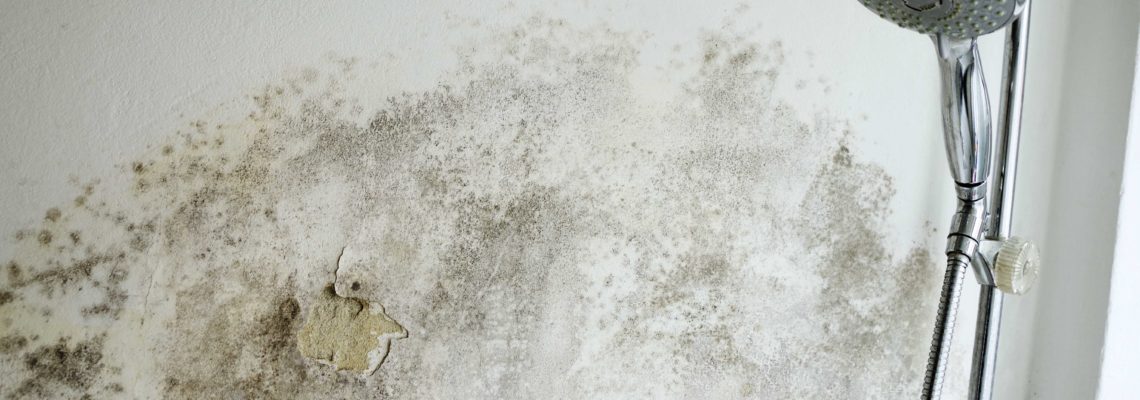Here below you will find some very good resources concerning How to Find and Repair Water Leaking in the Wall.

Water discolorations on walls are not enjoyable to the eyes. Occasionally it appears practically inescapable to experience water discolorations on wall surfaces in homes.
Home owners living in moist regions continuously deal with the worry of water spots on wall surfaces. With precise as well as well-rounded information on the reasons of water discolorations and also punctual fixing procedures, you will certainly constantly be an action ahead of such events.
3 Usual Sources Of Water Discolorations on Wall Surfaces
In contrast to popular belief, water stains on wall surfaces do not constantly originate from bad structure products. There are numerous root causes of water spots on walls. These include:
Poor Drainage
When making a structure strategy, it is essential to ensure adequate water drainage. This will certainly prevent water from leaking into the wall surfaces. Where the drainage system is obstructed or missing, underground dampness builds up. This web links to extreme wetness that you discover on the wall surfaces of your building.
So, the leading reason for damp walls, in this instance, can be a bad water drainage system. It can also be due to inadequate administration of sewage pipelines that run through the structure.
Moist
When hot wet air meets with completely dry chilly air, it causes water beads to form on the wall surfaces of buildings. This occurs in bathroom and kitchens when there is steam from food preparation or showers. The water droplets can tarnish the surrounding walls in these parts of your residence and infect other locations.
Damp or condensation impacts the roof as well as wall surfaces of buildings. This creates them to appear darker than various other areas of the house. When the wall surface is wet, it produces an appropriate environment for the development of germs as well as fungis. These may have damaging effects on wellness, such as allergies as well as respiratory system disorders.
Pipe Leaks
A lot of residences have a network of water pipes within the walls. This makes sure that the pipelines are well away from the reach of harmful rats. It constantly enhances the feasibility of such pipelines, as there is little oxygen within the walls. This dissuades corrosion.
A disadvantage to this is that water leakage affects the walls of the building as well as creates prevalent damages. An indicator of malfunctioning pipelines is the look of a water tarnish on the wall.
Water Stains on Wall: Repair Work Tips
When dealing with water spots, house owners would typically want a quick fix. Yet, they would soon realize this is detrimental as the water spots repeat. So, below are a couple of handy suggestions that will guide you in the repair of water stains on wall surfaces:
Pro Pointer
A houseplant in your home also boosts its humidity. So, if your house is already moist, you may want to present houseplants with minimal transpiration. An example of ideal houseplants is succulents.
Conclusion
Although no person wishes to have water discolorations on walls in their home, it can occur to the best people. This article offers you take advantage of, as you now recognize exactly how to manage this incident if it does occur.
It is constantly best to recruit specialist services to aid take care of the problems in your home.
Occasionally it seems nearly inevitable to experience water spots on wall surfaces in homes.
In contrast to preferred belief, water spots on wall surfaces do not always stem from bad structure materials. There are a number of reasons of water stains on wall surfaces. The water beads can stain the surrounding wall surfaces in these parts of your house as well as spread to various other areas.
Right here are a couple of helpful ideas that will certainly guide you in the repair work of water spots on wall surfaces:
CHECKING FOR WATER DAMAGE
Water damage can be costly, and it may begin before you even notice the first signs of trouble. Water damage can cause mold and mildew in your walls and floors, which can create an abundance of health concerns for your family. It can also lead to costly repairs of various appliances and general home fixtures. To avoid the pricey consequences of water damage, here are Warner Service’s top 5 places you should check:
The walls – The easiest place to spot the beginnings of water damage is on the walls and ceilings of your home. If water damage is present, there will most likely be water stains, especially around the windows and doorframes, and/or cracks in the drywall. If a stain looks unusual (discolored to brown, black or gray, raised texture), has a swollen appearance or is soft to the touch, contact a professional immediately. The pipes – To avoid water damage, consistently check the pipes in your kitchen (especially the dishwasher and ice maker), bathrooms, laundry room (specifically washing machines) and basement for corrosion, leaks and water stains. Pay special attention to where the pipes connect in your home and the location of caulking around the bathroom fixtures, including toilets, sinks, showers and tubs. Missing or loose caulking and grout could be signs of leaking water. This seepage can also quickly cause mold and rust, so double check your water heater and tank for wet spots on the floor. The floor – Water damage is very easy to spot on the floor. Look for any warping or buckling of the material, especially in the basement. If your home has wood flooring, look for bright white or dark stains. If your home has carpeting, keep it dry and clean. A damp carpet that smells of mold could cause water damage and health problems. To avoid this, consider installing floor pans under your appliances to help prevent damages from small, slow and undetected leaks. The basement and attic – If your basement or attic smells odd check for mold and mildew around the area, especially the valley where the roof meets. While you are inspecting those areas, check for wall cracks, floor stains, rust and dampness in the insulation. If you live in a colder and/or rainier climate, perform routine checks for water damage from melting snow or ice and rain. The exterior – Check the roof for damaged flashing and missing, cracked or curled shingles. There should also be no standing water anywhere outside your home. This could be caused by puddles, leaky rain gutters or hoses, poor drainage, or short gutter spouts. Invest in a sump pump system or water flow monitoring system, and perform routine maintenance on these outdoor appliances to avoid indoor water damage.

I recently found that page on How to Find and Repair Water Leaking in the Wall while doing research the internet. Are you aware of anybody else who is excited by the niche? Do not hesitate to promote it. We recognize the value of reading our article about How to Find and Repair Water Leaking in the Wall.
Here
 Jenna Jameson Then & Now!
Jenna Jameson Then & Now! Charlie Korsmo Then & Now!
Charlie Korsmo Then & Now! Kenan Thompson Then & Now!
Kenan Thompson Then & Now! Elin Nordegren Then & Now!
Elin Nordegren Then & Now! Mike Smith Then & Now!
Mike Smith Then & Now!